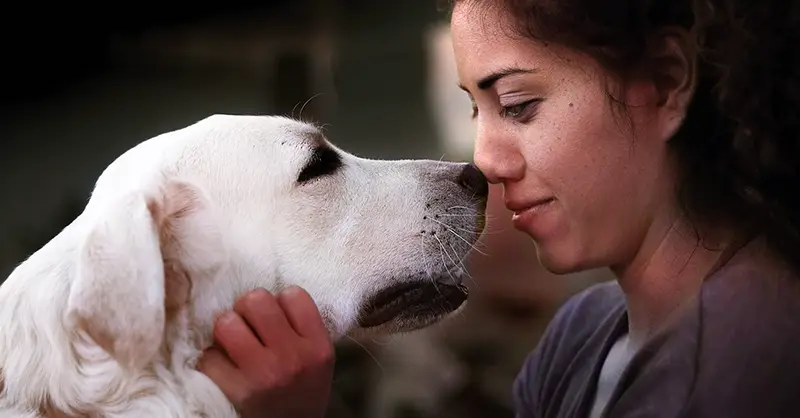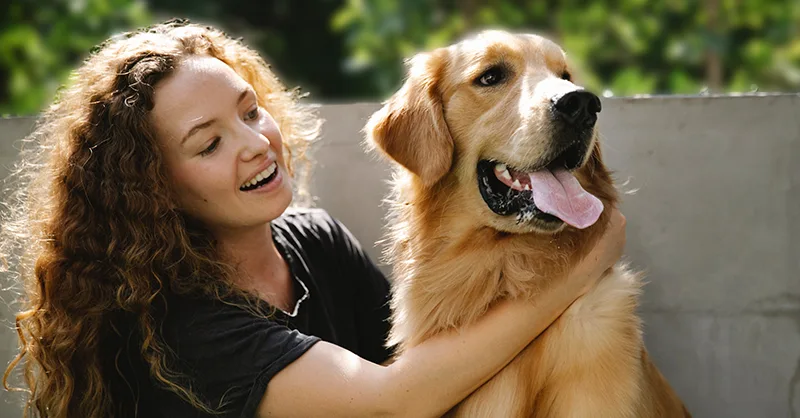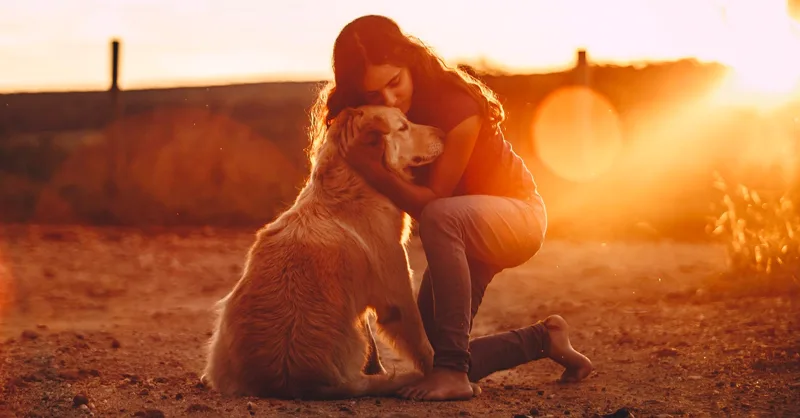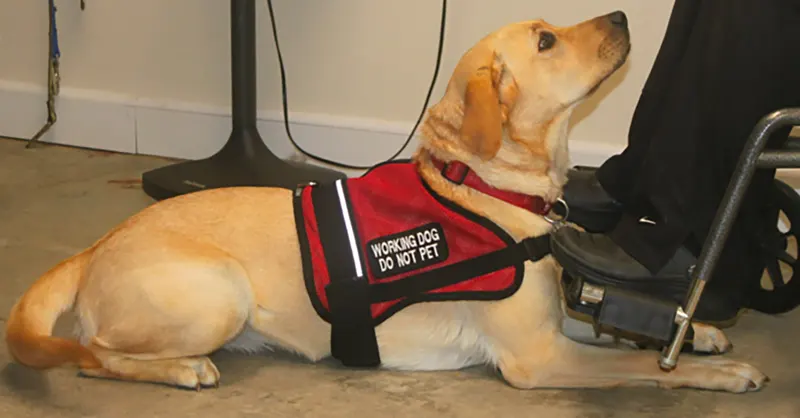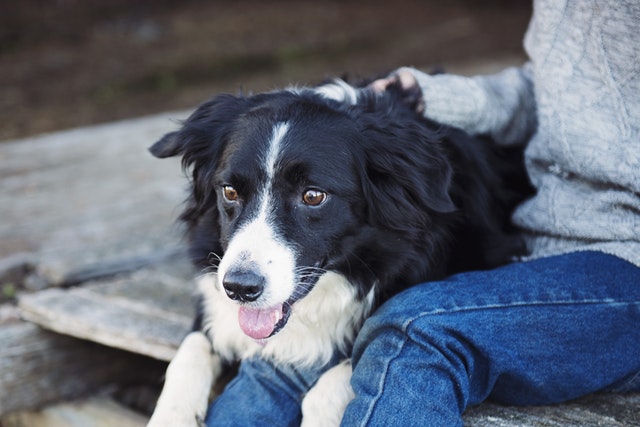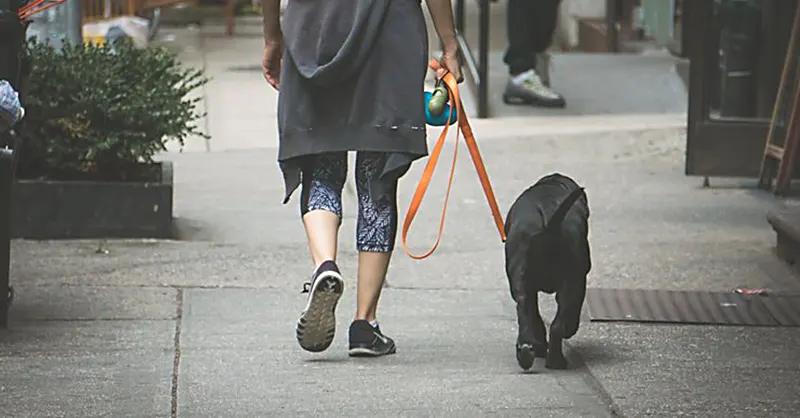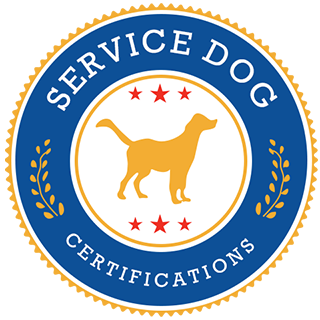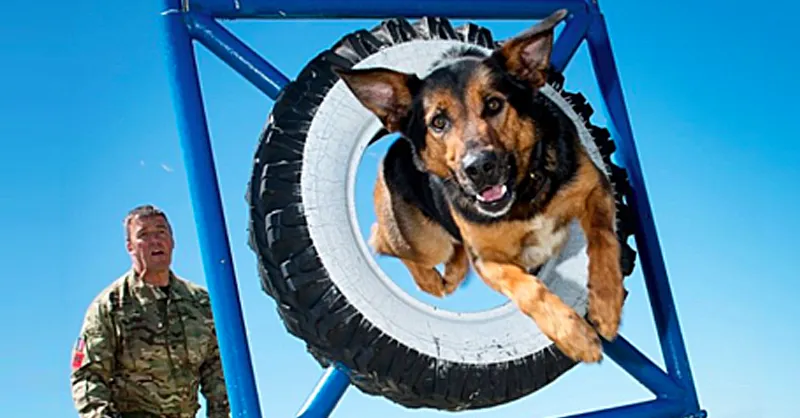Apologies, but no results were found. Perhaps searching will help find a related post.
Expert Advice On Training Service Dogs
Expert advice about service dogs, from training requirements to handler rights. Learn about tasks, breeds, certification, registration and how these incredible dogs support people with disabilities.
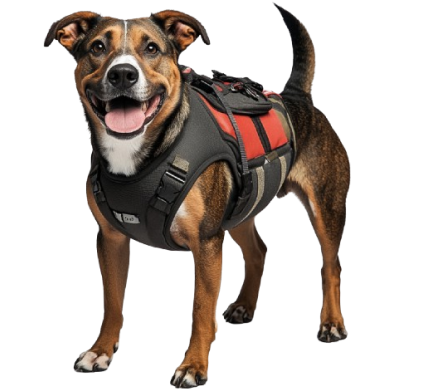
Most Popular Training Articles
How to Train a Service Dog for Anxiety – 6 Important Steps
We've probably all seen a service dog helping to guide a person that is physically challenged but did you know you can also have a... Read more
How to Make My Dog a Service Dog
You can turn your pet dog into a service dog if you have a qualifying disability and train your dog to perform a task relating... Read more
Service Dog Training Guide: The Basics
Training your dog to become a service dog is easier and can be more cost-effective than you think, as there are options for you to... Read more
Legitimate Service Dog Certification
Fight Service Dog Fraud - Defend Your Rights as a Service Dog Handler Dogs are a man's or woman's best friend. We have trained them... Read more
How Much Does It Cost to Train a Service Dog
Training a service dog can be a costly venture, but for those that need the help of a specialized canine, it's priceless. However, it's difficult... Read more
